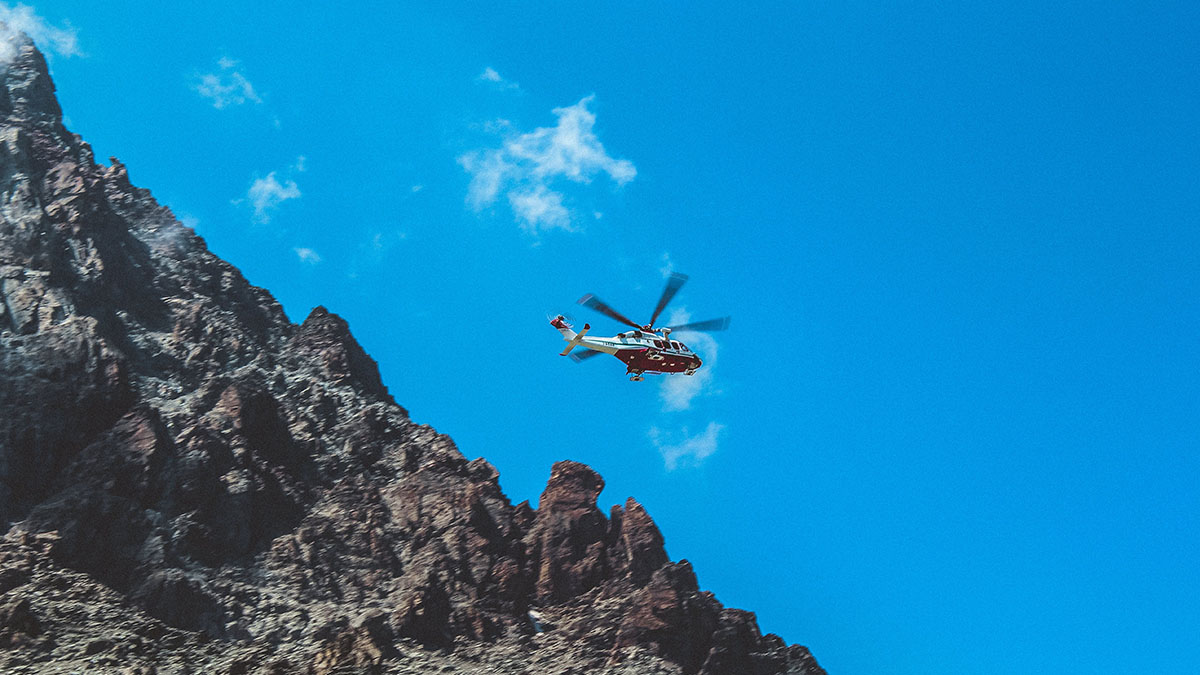Table of Contents
The Best Medical Insurance for Kilimanjaro Treks: What You Need to Know for Emergencies | Kili Quests
Climbing Mount Kilimanjaro is a thrilling adventure, but it also comes with real risks — especially at high altitudes where medical help is limited.
That’s why emergency evacuation insurance is one of the most important things to arrange before your climb. At Kili Quests, we help trekkers prepare for every scenario, including worst-case situations.
In this guide, we’ll walk you through:
- Why evacuation insurance matters
- What to look for in a policy
- Recommended providers
- And key health tips for safe trekking
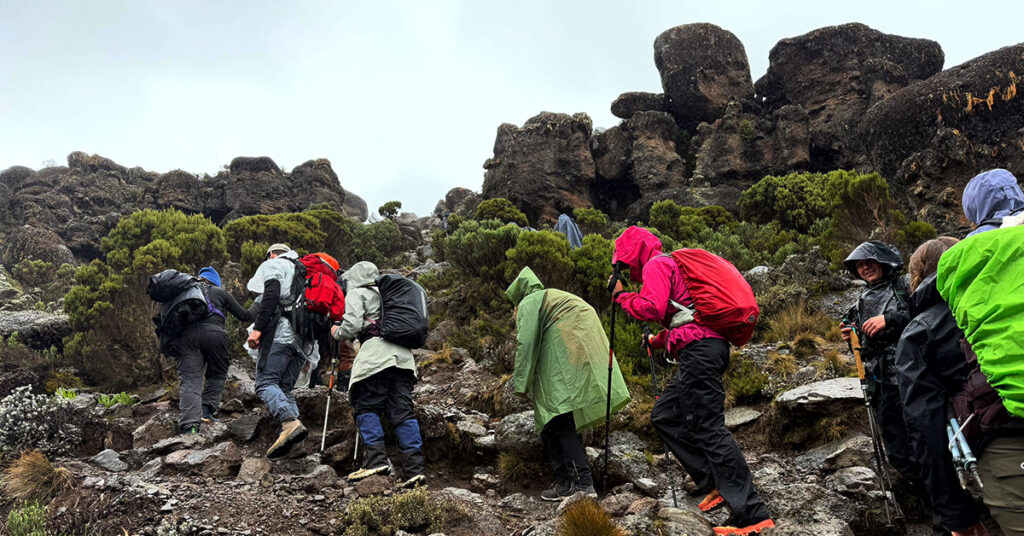
Why Emergency Evacuation Insurance Is Essential
1. Altitude Sickness Can Strike Anyone
Symptoms often begin above 3,000 meters, and in serious cases, immediate descent is critical. Evacuation insurance ensures you can:
- Be transported quickly to lower elevation
- Access proper medical care
- Avoid delays due to cost or logistics
2. Difficult Terrain = Limited Access
Mount Kilimanjaro’s trails are rugged and remote. If a serious issue occurs, you might need:
- Helicopter evacuation
- Ambulance services
- Ground transfer to hospital
- These services can cost thousands of dollars without coverage.
3. Peace of Mind During the Trek
With proper insurance, you can focus on enjoying your climb knowing:
- Help is available if needed
- You’re financially protected
- Your safety is prioritized, not delayed
Altitude is the biggest risk — make sure your insurance covers quick and reliable evacuation.
What to Look for in Kilimanjaro Evacuation Insurance
Must-Have Coverage:
Helicopter evacuation from Kilimanjaro
- Ambulance transport to the nearest hospital
- Emergency descent due to altitude sickness
- Treatment coverage at clinics or hospitals
High-Altitude Trekking Clause
Not all travel insurance policies include:
- Coverage above 3,000 meters
- High-altitude trekking without technical climbing
Tip: Look for policies that cover activities up to 6,000 meters — Kilimanjaro’s summit is 5,895m.
4.24/7 Global Emergency Support
Your provider should offer:
- A 24/7 emergency line (international)
- Support to coordinate rescue and care
- Pre-approved providers in Tanzania
Recommended Kilimanjaro Insurance Providers
We’ve received these trusted names directly from Tanzania’s helicopter evacuation company. If your insurance isn’t listed, share it with us and we’ll confirm if it’s accepted.
Reliable Providers Include:
- Europ Assistance (France)
- Passport Card (Israel)
- Protrip (Dr. Walter) (Germany)
- Allianz Travel (UK)
- AIG Travel Insurance (USA)
- Redpoint Travel Protection (USA)
- Magen Search & Rescue / Clal (Israel)
- Magnus International Rescue (Israel)
- Blue Insurance (Ireland)
- AXA Travel Insurance
- Sports Cover Direct (UK)
- Lloyd’s of London
- LV Insurance (UK)
- NIB Travel Insurance (Australia)
- ASC360 Insurance
- On Call International (USA)
If unsure, send us your policy — we’ll contact the evacuation company and get confirmation.
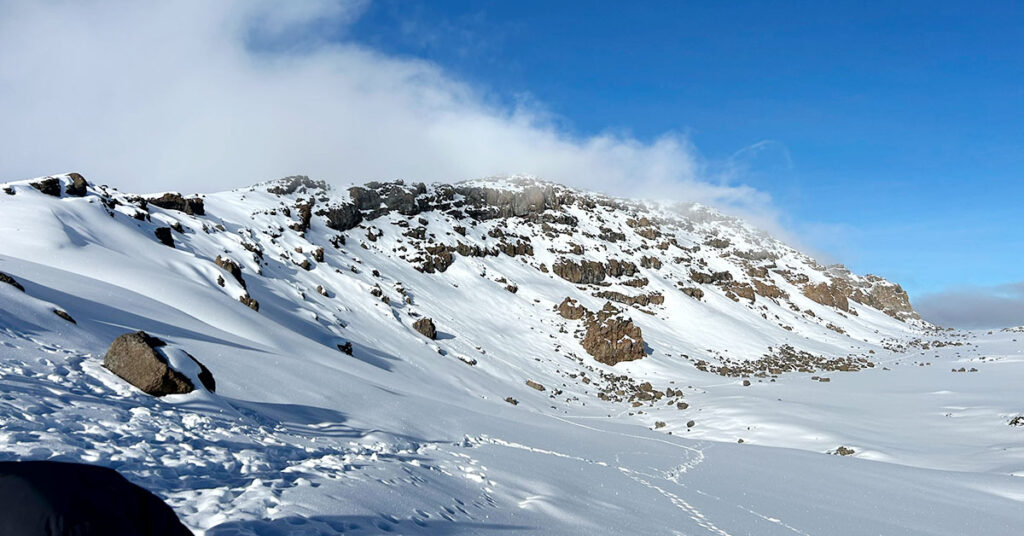
How to Buy the Right Insurance
Book Early
- Purchase your policy before your trek starts
- Avoid last-minute errors or exclusions
Compare Coverage
- Focus on evacuation limits, altitude clauses, and exclusions
- Read the fine print or call for clarification
Confirm Key Inclusions:
- Helicopter evacuation
- Trekking up to 6,000 meters
- Emergency treatment and transport
- COVID-19 coverage (optional, but helpful)
Health and Safety Tips for Trekkers
Stay Fit Before the Climb
- Do cardio, strength training, and hiking practice
- A stronger body = fewer health risks on the mountain
Know the Symptoms of Altitude Sickness
- Headache, dizziness, nausea
- Fatigue or shortness of breath
- If symptoms appear, notify your guide immediately
Follow the Acclimatization Schedule
- Trek slowly and take breaks
- Drink plenty of water
- Use short hikes for gradual elevation gain
Our Acclimatization Guide – Follow these tips to help your body adjust safely.
Be Prepared with the Right Insurance
Evacuation insurance is not optional — it’s your lifeline on the mountain. It protects you from massive bills and gives you fast access to rescue services when needed most.
At Kili Quests, we advise every client to secure insurance before arrival and ensure it includes helicopter evacuation and high-altitude coverage.
Let Us Help You Prepare for a Safe Adventure
- Get help choosing the right policy
- Confirm if your insurance is accepted
- Ask questions about coverage, altitude, or emergencies
Let’s make sure your adventure is safe, smart, and unforgettable.
Related Articles
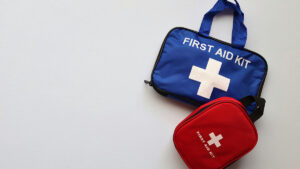
Kilimanjaro Trek Health Checklist & Altitude Sickness Tips
April 12, 2025
No Comments
Table of Contents Essential Medication and Health Tips for Your Kilimanjaro Trek | Kili Quests Climbing Mount Kilimanjaro is an incredible adventure — but

Stay Clean on Kilimanjaro: Showers, Wipes & Hygiene
April 15, 2025
No Comments
Table of Contents Hygiene on Mount Kilimanjaro: Showers, Water, and Staying Fresh While Trekking Maintaining good hygiene during your Mount Kilimanjaro trek is essential for
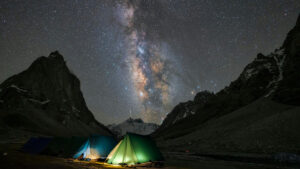
Guide to Cold Nights on Mount Kilimanjaro
April 13, 2025
No Comments
Table of Contents Mount Kilimanjaro Night Temperature: What to Expect During Your Trek and Summit Day | Kili Quests Climbing Mount Kilimanjaro is a


